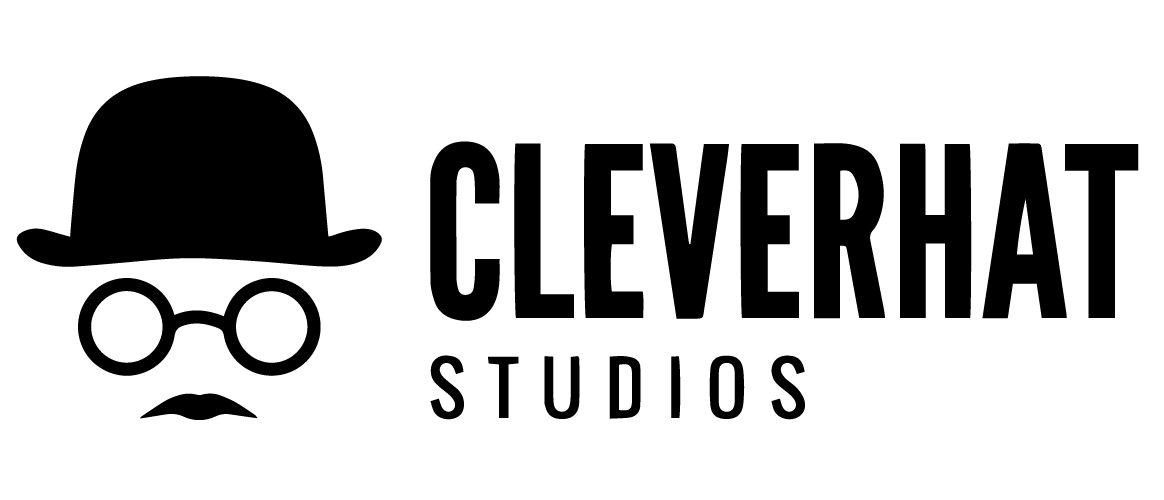Remember the rush of levelling up in a video game? The joy of collecting stickers as a kid? The weird satisfaction of seeing that progress bar hit 100%? Turns out, that’s not just nostalgia, it’s human nature. No matter how grown-up we pretend to be, the same psychology that made us obsess over gold stars in school is what makes gamification work like magic in marketing, education, and business.
Gamification isn’t just about slapping badges and leaderboards onto everything. It’s about tapping into core human motivations, achievement, competition, and the deep-seated love for a good challenge. When done right, it can turn even the most mundane tasks into engaging, dopamine-filled experiences.
Take learning, for example. Studies show that students grasp concepts better when rankings, points, and rewards are involved. Why? Because tracking progress makes us want to keep going. The same principle applies to marketing. If you make engaging with your brand feel like a game, where customers rack up points, unlock rewards, or climb leaderboards, they’re more likely to stick around.
Traditional marketing is exhausting. The average person sees anywhere from 6,000 to 10,000 ads a day. And most of those? Ignored. But gamification cuts through the noise because it doesn’t feel like marketing. It feels like fun.
Gamification is a powerful tool that brands use to boost engagement, drive loyalty, and encourage repeat behaviour. Duolingo keeps users hooked with streaks, XP points, and leaderboards, making language learning addictive, while Nike Run Club and NikeFuel turn fitness into a game with challenges and achievements. Starbucks Rewards levels up customers with stars and exclusive perks, and McDonald’s Monopoly drives repeat purchases through collectible game pieces. Google Pay makes everyday transactions fun with cashback rewards and a “spin the wheel” feature, while fitness apps like Fitbit and Apple Watch use badges, goals, and leaderboards to keep users motivated. Samsung’s loyalty programs offer rewards and challenges for device usage, and Airbnb gamifies hosting with progress bars, badges, and performance scores. Even platforms like LinkedIn, Reddit, Codecademy, and Khan Academy use progress indicators, karma points, and achievements to encourage participation, while apps like Forest reward users for staying focused. Amazon’s Prime and “Amazon’s Choice” badges push sellers to optimise their offerings, and social initiatives like Fitbit’s activity rings keep users engaged. With gamification shown to boost conversion rates by up to 8%, it’s clear that customers don’t just engage with these systems, they come back to play, compete,
Gamification isn’t just about engagement, it’s also a goldmine of data. Every interaction, every choice, every badge earned tells you something about your audience. What excites them? What drives them? What makes them bounce? When you know this, you can fine-tune your strategy and give them exactly what they want.
With 1 billion online gamers worldwide (expected to hit 1.3 billion by 2025), gaming is no longer just a pastime; it’s a culture. GenZ is particularly hooked, 26% say video games are their favourite entertainment activity. And if that’s where people are spending their time, brands need to meet them there.
The best part? You don’t need to be a gaming company to use gamification. Whether you’re in e-commerce, education, fitness, or finance, adding playful elements to your strategy makes everything more engaging. And Cleverhat? We know exactly how to do it. Whether it’s designing immersive brand experiences or turning customer journeys into addictive loops, we bring gamification to life in ways that drive real results.
Because let’s face it, we’re all just kids in suits, chasing that next level-up.

Recent Comments